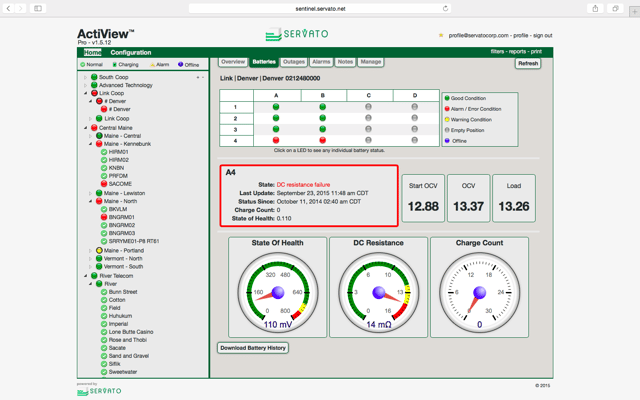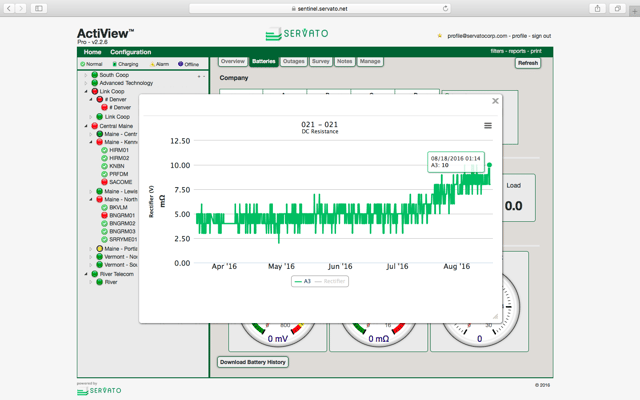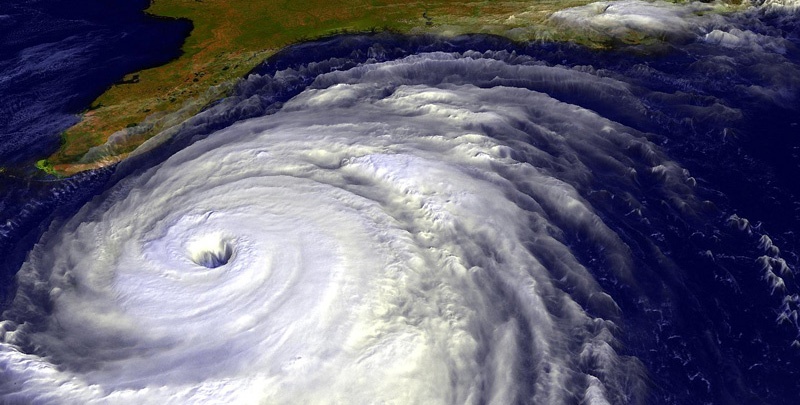After several relatively quiet years since Hurricane Sandy devastated the Northeast, 2016 has already seen a slew of powerful storms that have people worried. In recent months there was Hurricane Hermine that did not cause much lasting damage but did dump heavy rains on the Eastern Seaboard. Away from the Atlantic, Tropical Storm Newton brought unusual weather to the desert Southwest, and Super Typhoon Meranti, the strongest storm of 2016 which packed winds of up to 220 mph, hit Taiwan and China. Hurricane Matthew is bringing another round of heavy wind and rain to the Southeast.
Outside of these high profile storms, people across the United States watched as Baton Rouge and the surrounding Louisiana lowlands grappled with what was dubbed a “1,000 year storm,” with rains of a magnitude only seen every 40-50 generations. The flooding caused havoc in Louisiana and displaced tens of thousands.
Preparing for and managing the consequences of these natural disasters is important to mitigating the impact they can have. The most important element to disaster recovery are communications networks. These networks enable accurate response services and provide preventative and recovery crews the intelligence they need to make the right decisions under high-pressure circumstances.
Given the importance of communications infrastructure – particularly for emergencies like hurricanes – it is not surprising that operators take precautions to prevent downtime. After physical damage to the network equipment, the most critical element of communications infrastructure during disasters is power. Power outages are common during storms and preventing outages from impacting service is a key engineering and operational focus for telcos.
The most significant component for contingency planning and maintaining power to critical telecommunications networks during outages are Valve Regulated Lead Acid (VRLA) batteries. Even for sites that retain a generator, VRLA batteries serve as the power bridge from the start of an outage to when the generator is fully operational. Many more telecom sites are too small to justify a generator, and hundreds of thousands of sites across the country rely exclusively on batteries for backup power.
Maintaining these batteries is a major challenge for telcos. For decades the industry has relied on technicians to perform manual maintenance checks on batteries at sites. The sheer number of sites makes even an annual check of the batteries extraordinarily difficult to achieve, and so the reality is that most sites do not see regular battery checks or timely replacements. Instead, batteries are replaced on fixed cycles regardless if they are dead or have many years of life remaining. In some cases, they are not checked until a service outage calls attention to the battery failure.
Servato is helping telcos, and other companies that maintain batteries for backup power improve reliability and save money on battery maintenance. Servato solutions are designed not just to improve proactive measures for battery maintenance, but streamline site restoration decisions during emergency situations where outages have affected multiple sites.
Remote Monitoring and Management
Routine maintenance – or lack thereof – is the first place where risk is introduced into backup power assets. Servato appliances enable the remote monitoring and management of the batteries. Our enterprise battery management software displays essential battery measurements and alerts technicians to any issues that are detected. The software can detect likely battery failures weeks, even months, in advance and allow technicians to proactively replace batteries that could otherwise be in a weakened state when they are needed during an outage.

Figure 1: ActiView Battery Management Software displaying information about a bad battery in the field. All sites with bad batteries can be seen on the left of the screen making it ways to fix sites before they cause problems during outages.

Figure 2: ActiView is capable of predictive analytics. The DC Resistance of the battery above is still withing functional range, but the 50% spike within a month signals impending failure in another 1-3 months allowing technicians to proactively fix the issue.
Innovative Battery Charging
Beyond monitoring alone, Servato actually charges backup batteries differently compared to industry standard float charging. Using proprietary technology, Servato rests batteries approximately 80% of the time, only charging them when our measurements and algorithms indicate that it is necessary. Lab and field trials have proven Servato’s ability to extend battery life up to and beyond twice the expected battery life given the site’s environmental conditions. Longer battery life eases maintenance and improves reliability.
When it comes to outages, Servato has built a number of key tools to ease the issues faced by technicians particularly during problematic scenarios. First, Servato offers a battery fuel gauge that tells technicians the amount of backup power a site has remaining. Today, technicians play a guessing game and simply hope that certain sites’ batteries will keep up with the load. During an event like a widespread outage, techs are often forced to decide arbitrarily which sites need immediate attention or an extra generator and can end up running from site to site. Battery fuel gauges enable better decision-making and efficiency.
Servato also has an additional charging mode to improve site recovery. Even after an outage and AC power has returned, depleted or near-depleted batteries can end up siphoning most of the power and preventing the restoration of communications equipment. Alternatively, the cumulative power draw can trip the breakers and cause the site to stop accepting power. In either case, a tech is required to manually trigger the breakers to let the site come up properly. Servato can control this automatically, charging one string at a time and eliminating the risk that the batteries prevent recovery.
Remote monitoring and management combined with innovative battery charging approaches can make a significant difference for technicians coping with the fallout of a major disaster like a hurricane. Currently, Servato has deployed these solutions to telecom sites across the country in an effort to help customers proactively protect their network.
Servato has also written on this subject for Disaster Recovery Journal:
About Servato
Headquartered in New Orleans, La., Servato is a leading provider of active battery management solutions to telecom, power, transportation, and solar companies. Servato’s solutions allow leading companies and infrastructure operators to reduce CapEx and OpEx by extending battery life, reducing maintenance costs and streamlining operations. Utilizing highly accurate data, proprietary algorithms, adaptive charging and cloud-based visualization software, Servato provides unprecedented insight and control over distributed DC power assets in industrial settings. To learn more, please visit: www.servatocorp.com













